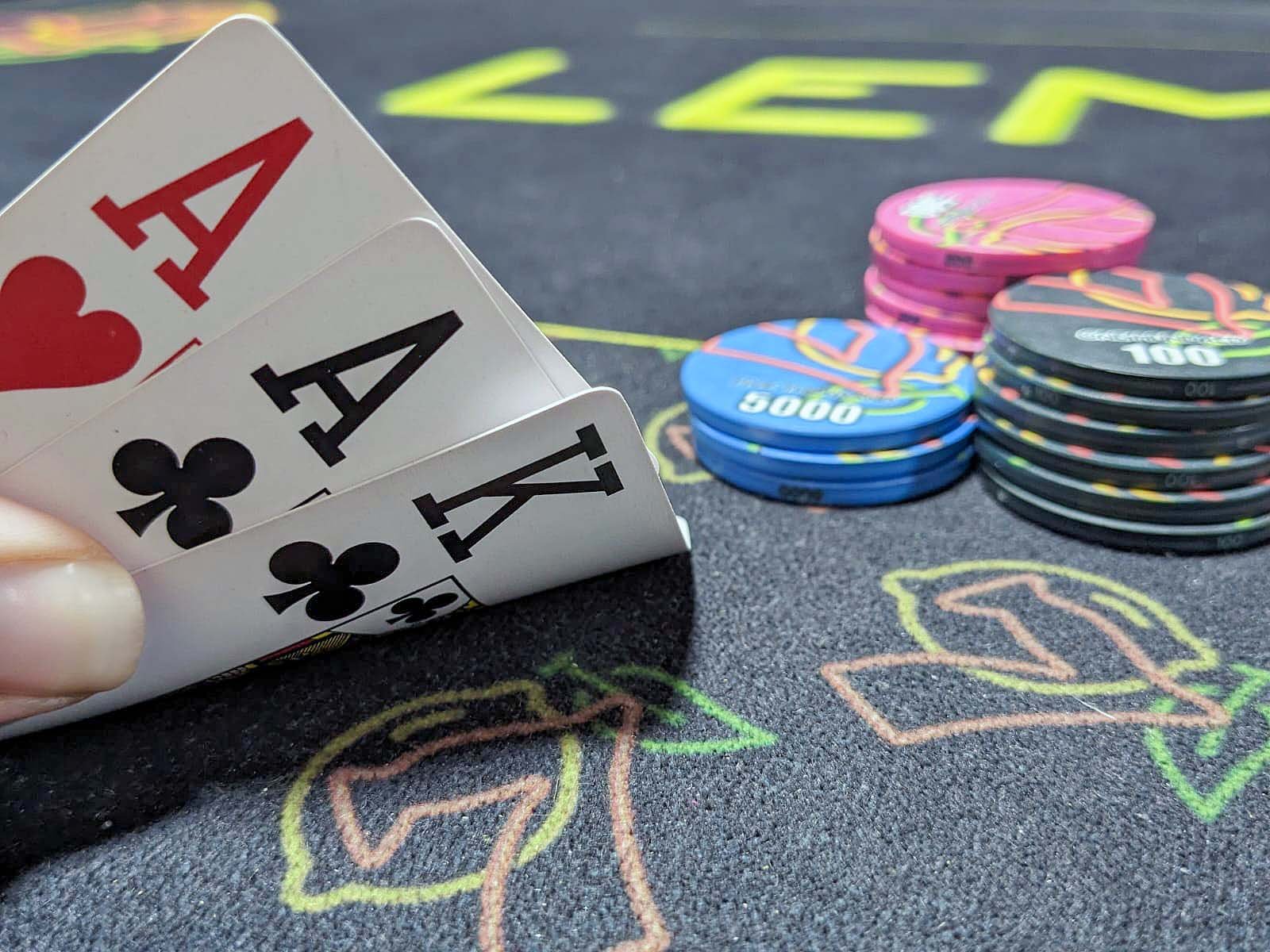Poker Basics: Pot Odds
An easy way to work out what move you should make in any poker hand where your opponent has bet against you is to look at the pot odds and compare them to the odds of making your hand. However, to work out the pot odds of any particular poker hand, you first need to know what pot odds are and how to calculate them. As usual, Lemons & Sevens is here to help!
Pot odds are a simple and extremely useful concept, and understanding them takes your poker game up a whole other level — so this is a great concept to learn once you feel you’ve mastered the basics of Texas Hold’em.
Pot Odds Chart & Calculator
We’ve created a pot odds calculator and a handy approximate pot odds cheat sheet. If you already know what pot odds are, and how to use them, you can go straight to the sheet by clicking here. To learn more about pot odds and how to use our calculator, read on.
What are pot odds?
In short, pot odds take the amount of money in the pot and compare it to the amount of money required to call a bet. Pot odds are presented as the ratio between the size of the pot and the size of the bet you are facing. For example, if there is £100 in the pot, and you need to put in £25 of your own money to call, the pot odds would be 100-to-25, or 4-to-1 (sometimes written as 4:1).
You can then use this number alongside your actual chances of winning to work out if you should call a bet. If the pot odds you just worked out (in this case, 4:1) are higher than your chances of winning, then you’ll make money (on average) by calling. If the pot odds are lower than your chances of winning, then you’re not being paid enough to take the risk of calling, and you should fold.
How to calculate pot odds
Calculating the pot odds does not take into account the cards you hold or the community cards on the table. They’re just the odds based on how much is in the pot vs. how much you need to call the bet. If no one has placed a bet, then pot odds do not come into play.
To calculate the pot odds, you need two numbers: the amount in the pot, and the amount you need to call. For example, if the pot is £20, your opponent has bet £10, and you need to call £10 to continue in the hand - the pot odds would be 30:10. In this example, the ‘pot’ is calculated as £30 and not £20 because your opponents’ bets are included in the pot odds. If another player before you had also called the £10, the pot odds would now be 40:10.
If your opponent’s bet is larger than the amount left in your stack, you only need to count the amount you would need to call (thus putting yourself “all-in”) rather than the amount your opponent had bet. For example, if you have £50 in your stack, the pot is £100, and your opponent has bet £70, your pot odds are still 150-to-50 (or 3:1), not 150-to-70.
However, this number alone is not useful, and needs to be compared to your chances of winning by working out your actual chances of winning the hand.
How to use pot odds
So, now you understand what pot odds are, you need to work out how to use pot odds. Let’s take a look at another example. Let’s say you hold A♠ A♢ and the board is A♣ 10♣ 9♣ 5♣. The pot is £150, you have £50 left in your stack. You face two opponents: one with £200 left, the other with £100. The player with £200 goes all-in and the second player calls.
What should you do in this situation?
You might be excited by your high-card set, but the clubs are worrying. It’s likely that one of your opponents has another club, giving them a flush and beating your set, especially considering that one has gone all in and the other has called. It’s likely, in fact, that they both have flushes in this situation.
The first point to note is that as you only have £50 left in your stack, the situation is the same as if the first opponent had bet £50 and the second opponent had called. The pot that you can win is now £250 - the rest of the money goes into a side pot that you are unable to win. The main pot is offering you 250-to-50 or 5:1 pot odds.
Are your winning chances better than that? Let's see.
As we mentioned previously, there’s a real chance that you’re facing two flushes, and all you have is a set of aces. However, that doesn’t mean you can’t still win. If another ace comes out on the river, you’ll have four of a kind, and if the river pairs the board, you’ll have a full house. That means the cards that can give you a winning hand are: 10♠ 10♡ 10♢ 9♠ 9♡ 9♢ 5♠ 5♡ 5♢ A♡. That’s 10 cards out of the 46 cards left in the deck that could give you a winning hand.
So the deck has 10 winning cards and 36 losing cards, making you 36-to-10 against drawing a winning hand, or 3.6:1. 3.6-to-1 is much less than the 5-to-1 pot odds we calculated earlier, so you should call.
Bonus Odds
As we are fairly certain that your opponents have a flush each, we can actually remove two further cards (two clubs) from the 36 losing cards, making your odds even better at 34-to-1.
Taking pot odds further
To use pot odds properly, there’s other basic ideas you need to understand. The main one, is the different poker positions, which influences a lot of poker play. If you’re playing poker online, you should also check out our guide to finding the lowest rake in online poker.
If you found our pot odds calculator helpful, you can also check out our poker chip distribution calculator to help you organise your home games.





